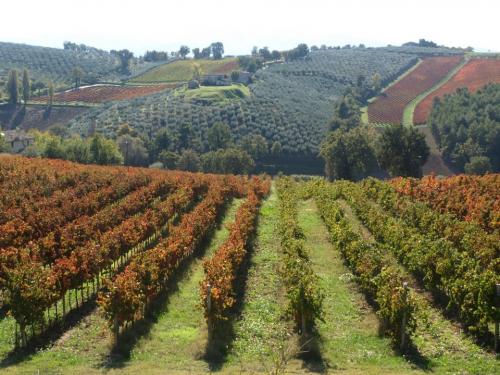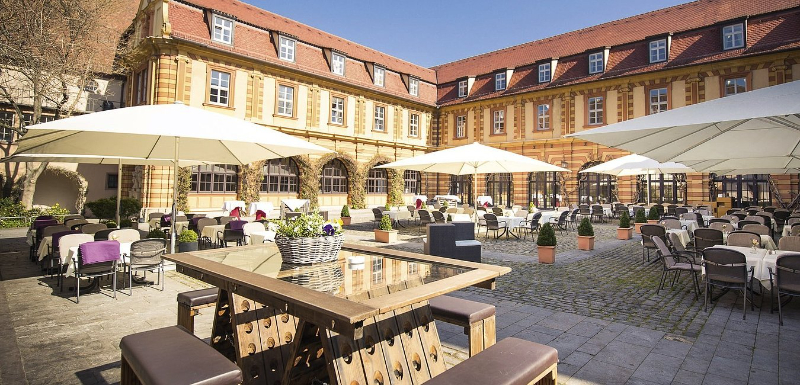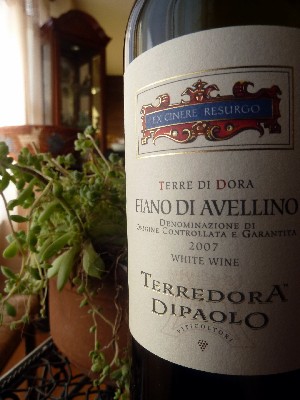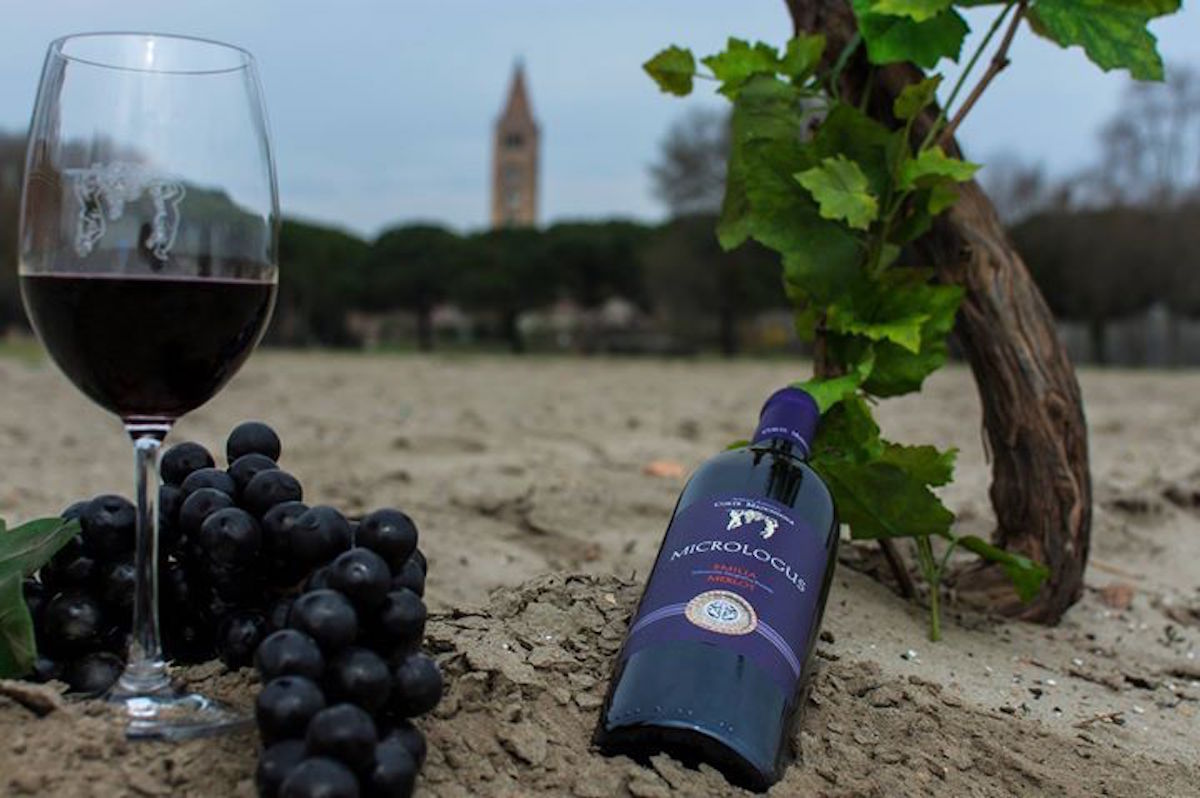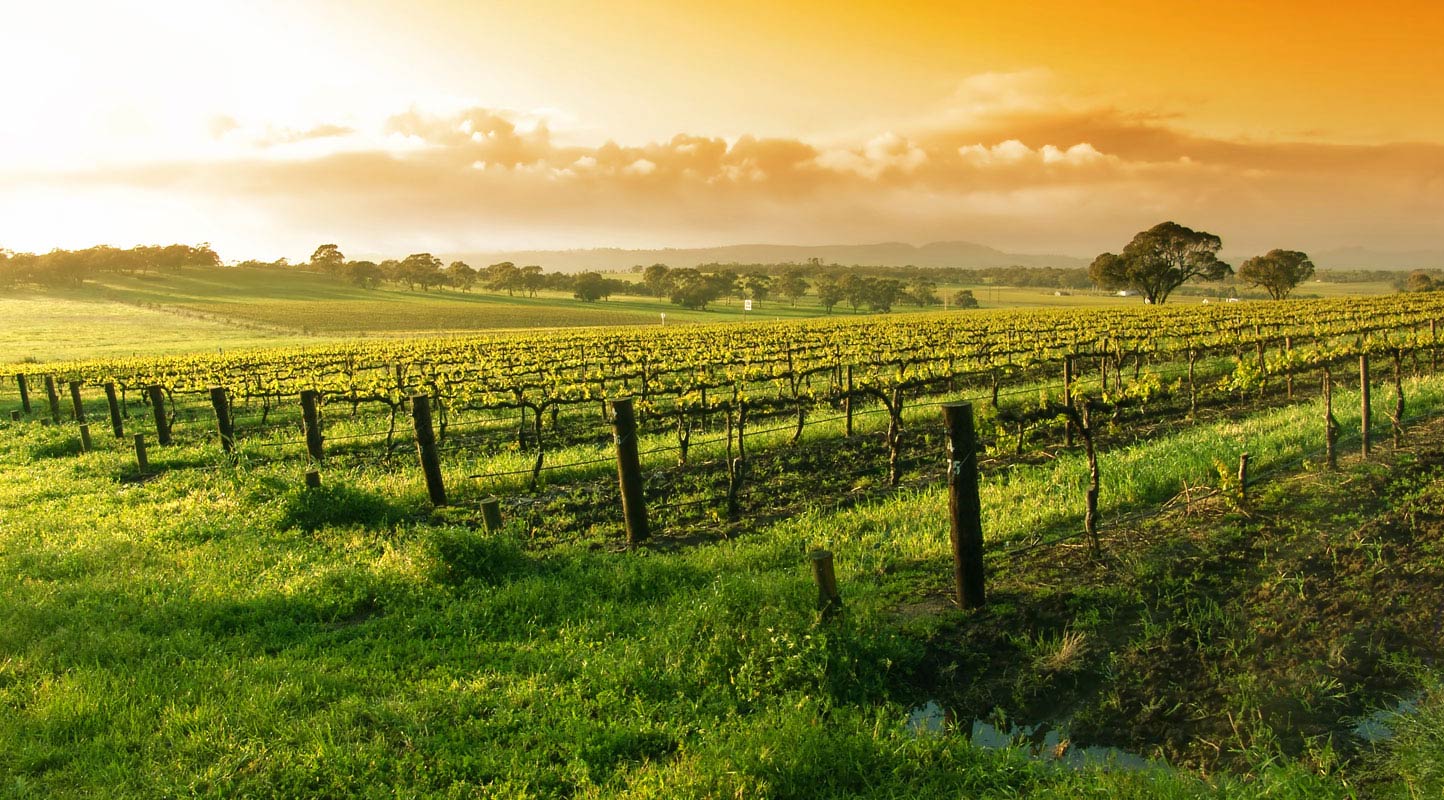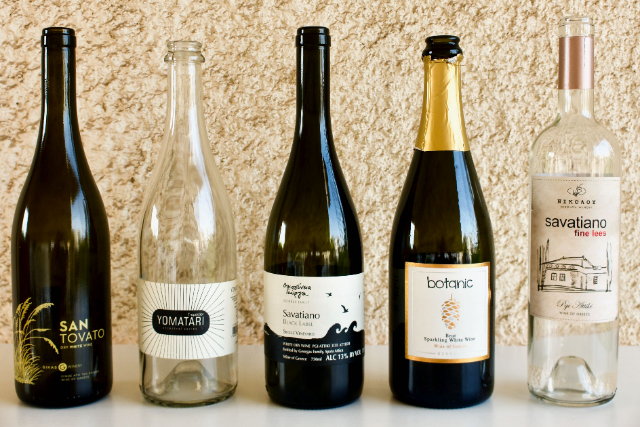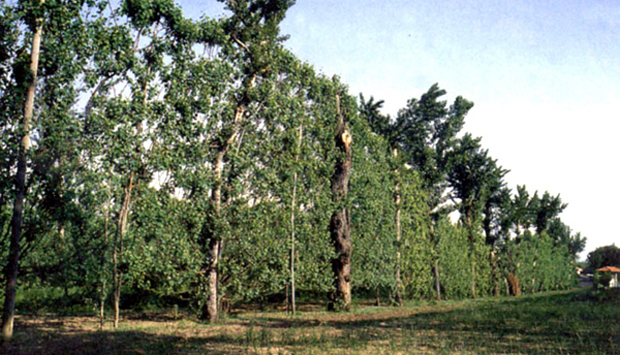Sagrantino di Montefalco is the red wine that has made Umbria famous throughout the world. And it is also the native wine that reflects its truest scents and flavors. The Sagrantino vine grows only here, or rather it is in the green hills around Montefalco and Bevagna that it achieves its best results, thanks to a combination of factors such as territory, climate and the care of Umbrian winemakers. We are in the province of Perugia.
The history of this great Italian red wine is shrouded in mystery. There are no official documents in which it is mentioned before 1500, although in those days it was still a sweet wine. As it always has been, man and vineyard have coexisted, and every home had a vineyard (even a single plant) of Sagrantino to make wine for great occasions. If we read Pliny the Elder, we find that the area of Mevania was famous for the hirtiola variety, but this apart from indicating to us the goodness of the place for viticulture, tells us nothing else, and still it has not been proven that hirtiola is Sagrantino.
Some think that it is a grape variety that came from the East (Syria) with the pilgrimages of the Franciscan friars and that the diligent friars quickly realized how exceptional it was as a sweet wine. In fact, let us not forget that Sagrantino originated as a wine of the feast, to be paired with lamb and the classic Umbrian Easter cake. But all we have is the assonance between sacred and Sagrantino.
In the 1980s the dry version began to be produced, and only in the 1990s did the Sagrantino fashion break out, abandoning the guise of the rustic wine to rise to the role of the great red. These are the years of the fruity bombshells, and the American market immediately falls in love. The hills filled with dense vines, the concentration of the wine was cut with a knife, and thanks to its inherent sumptuousness it rode the wave of muscular wines. Today producers are returning to a style that is more austere and adherent to the varietal’s characteristics, less exaggerated. In 1992, Sagrantino di Montefalco, both dry and passito, was awarded DOCG status.
Despite the name, Montefalco is not exclusive, and Sagrantino is also produced in Bevagna, Gualdo Cattaneo, Giano dell’Umbria and Castel Ritaldi. We are talking about 660 hectares, very few for a wine that is widespread all over the world, and this shows how connected Sagrantino is to this territory.
Sagrantino is a solemn, full, alcoholic wine with powerful tannins: one of the most tannic wines that exist in the world, but how do you recognize it?
Color. When young it is darkest ruby, inky, to get lost in. As it ages it tends to garnet.
The nose offers black cherries, small berries, earthy notes, red flowers, cinchona, but above all star anise.
The palate is full and broad, warm and with excellent persistence. When you taste it you will not easily forget it; its tannic texture is thunderous, yet seductive. Freshness is not its forte and minerality you will find only in rare, lucky cases.
